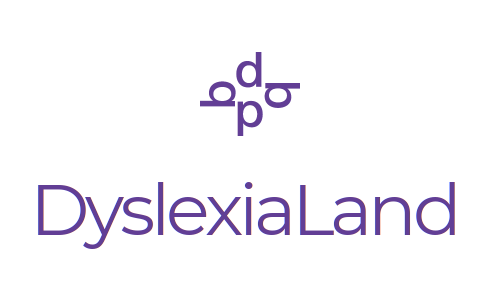Alphabet Soup: The Bitter Taste of an IEP

I wish I had a hidden camera at an IEP meeting, and could reveal what really goes on in them. The glossing over the lack of progress; the lack of knowledge among educators who have no clue about appropriate reading instruction for a dyslexic student; the overly bureaucratic approach and use of an alphabet soup of acronyms that makes parents feel left out and lectured at, rather than full members of the IEP team. The total failure of the education community to meet a child’s needs—giving them the barest minimum instead, while acting like the parent should be grateful for it.
I’ve advocated frequently in this school district–for my own son and many other students. I’ve learned how far I can push before getting shut down completely. It’s not nearly far enough. But it is the reality in Special Education, 2018.
Last October when I attended David’s annual IEP meeting, he was only receiving 20 minutes of speech instruction per week, and his inability to read, write and spell was not addressed at all. And it wasn’t going to be addressed until I spoke up. I had to lobby—hard—to have him assessed, and the rest of the team grudgingly agreed.
A couple months later, his test results revealed his difficulties with print and he qualified for Special Education instruction under Specific Learning Disability. He is one of the lucky ones who attends a school with an Orton Gillingham-trained teacher, and it was eventually agreed-upon that he would receive two hours of specialized reading instruction per week in a group of three students.
Hardly optimal, but better than nothing—which seems to be the standard in the school district. Be glad you get anything is the message to the parents.
Last week when I once again attended David’s annual IEP meeting, we went over his progress from a year ago. The third-grader is reading at barely a first grade level, and is personally feeling empowered that he is beginning to crack the code.
But he hasn’t reached any of the goals set last year. Their interventions are too little, and it’s getting to be too late for him. He is already so far behind his peers, so far from where he needs to be to progress academically. So I advocated for him to receive five hours of reading instruction and Extended School Year to give him much more of a chance to learn how to read before reading to learn becomes the expectation.
The principal glared at me. The educators hesitated to address my assertion that David will never catch up if he doesn’t get more instruction this year. Eventually we agreed that he would get three hours of reading instruction per week, and we will convene again in the spring to discuss summer school. The educators acted like this was a huge concession.
And as I did last year, I requested access to Learning Ally with instruction for both David and his mom. (Last year when I requested Learning Ally, the principal stated, “I’m not familiar with that curriculum.” Ahem, the district has had a contract with the company for several years; I guess he missed the multiple memos—and the specialized training for educators.) They grudgingly agreed.
It was the best we could do. Not nearly enough. I hope and pray that little sweet David, now still motivated to keep working hard, will somehow get the help he needs before he becomes big angry David, hopelessly shamed and shut down, heading down a negative pathway. I’ve worked for too many of those teen-age kids whose remediation requires so much more after years and years of inadequate services.
David’s mom has no ability to pay for intensive private instruction to remediate his educational needs. She can’t speak English well enough to teach him herself. Yet she is absolutely committed to providing her son–who has so much potential–with the educational opportunities that are promised to him in public school, and in Special Education services.
Just one dyslexic kid out of millions being served up a meager portion of an educational experience that could be so sweet, if the education community would just combine the right ingredients.
.


